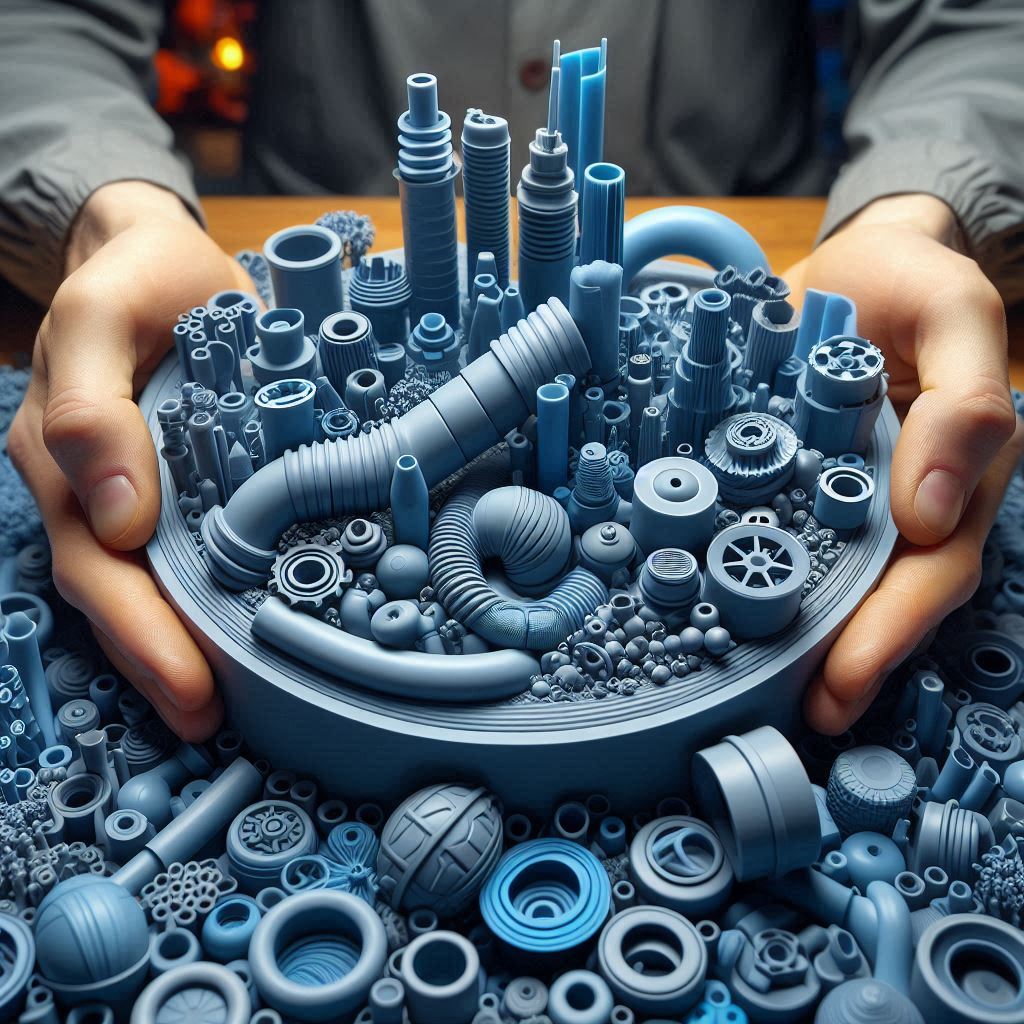Introduction: Why PVC Rubber?
Imagine a world without the versatile, durable materials that make up everything from your kitchen’s plumbing to the soles of your shoes. One of these indispensable materials is PVC (Polyvinyl Chloride) rubber, renowned for its flexibility, resilience, and myriad uses. In this article, we delve deep into the fascinating world of PVC rubber manufacturing, uncovering the processes, technologies, and innovations that make it a cornerstone of modern manufacturing.
The Basics of PVC Rubber
Polyvinyl Chloride, or PVC, is one of the most widely used synthetic polymers in the world. While many might recognize PVC from its rigid form used in construction, PVC rubber is its more pliable counterpart, achieved by adding plasticizers during its manufacturing process. Here’s how it starts:
Raw Materials and Their Preparation
- PVC Resin: The primary component, derived from a combination of petroleum or natural gas and salt.
- Plasticizers: Manufacturers add these substances to PVC to make it flexible.
- Stabilizers and Fillers: Enhance the material’s heat stability and add volume.
- Colorants: Give the final product its desired color.
The Manufacturing Process
Understanding the transformation from raw ingredients to finished Polyvinyl Chloride rubber is pivotal. Here’s a step-by-step breakdown:
Mixing Ingredients
In the compounding phase, the process starts by mixing the raw materials to create a homogenous blend. This mixture ensures that the PVC rubber will have uniform properties throughout.
Extrusion: Shaping the PVC
- Heating: The mixed compound is fed into an extruder, where it’s heated to the precise temperature needed to melt the blend.
- Shaping: As the melted plastic exits the extruder, it passes through a die that shapes it into sheets, tubes, or any other form required.
- Cooling: The shaped PVC is then cooled rapidly to set its form.

Calibration and Enhancement
Post-extrusion, the PVC rubber often undergoes further processing:
- Calibration: This ensures the product meets specific dimensional tolerances.
- Texturizing: For applications needing a non-slip surface.
Quality Control and Testing
Ensuring each batch of PVC rubber meets stringent quality standards is crucial.
During and after production, PVC rubber undergoes various tests:
- Resistance Testing: Assessing its durability against chemicals, heat, and physical wear.
- Flexibility Measures: Ensuring it retains flexibility over a broad range of temperatures.
Sustainability in PVC Rubber Production
With growing environmental awareness, the PVC industry has been innovating more sustainable practices:
Recycling Efforts
People are increasingly recycling Polyvinyl Chloride rubber to reduce waste. This process involves grinding down old PVC into granules, which can then be reprocessed into new products.
Advances in Bio-based Plasticizers
Research is paving the way for plasticizers derived from renewable sources, leading to a smaller environmental footprint for PVC rubber.
Conclusion: The Impact of PVC Rubber
The manufacturing process of PVC rubber is a testament to human ingenuity and its capacity for innovation. From the careful selection of raw materials to the detailed processes of mixing, shaping, and testing, each step plays a pivotal role in delivering a product that impacts various facets of daily life.
As we continue to demand more from the materials we use, the evolution of Polyvinyl Chloride rubber manufacturing remains crucial. By supporting advancements in sustainability and efficiency, we not only benefit from a superior product but also contribute to a healthier planet.
Engage with us in the comments below or share this article to spread the word about the remarkable world of Polyvinyl Chloride rubber manufacturing!
Density of PVC: Big Impact on Tiny Details





